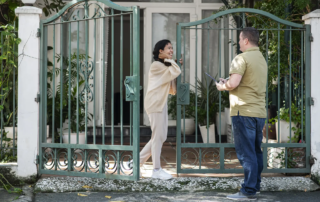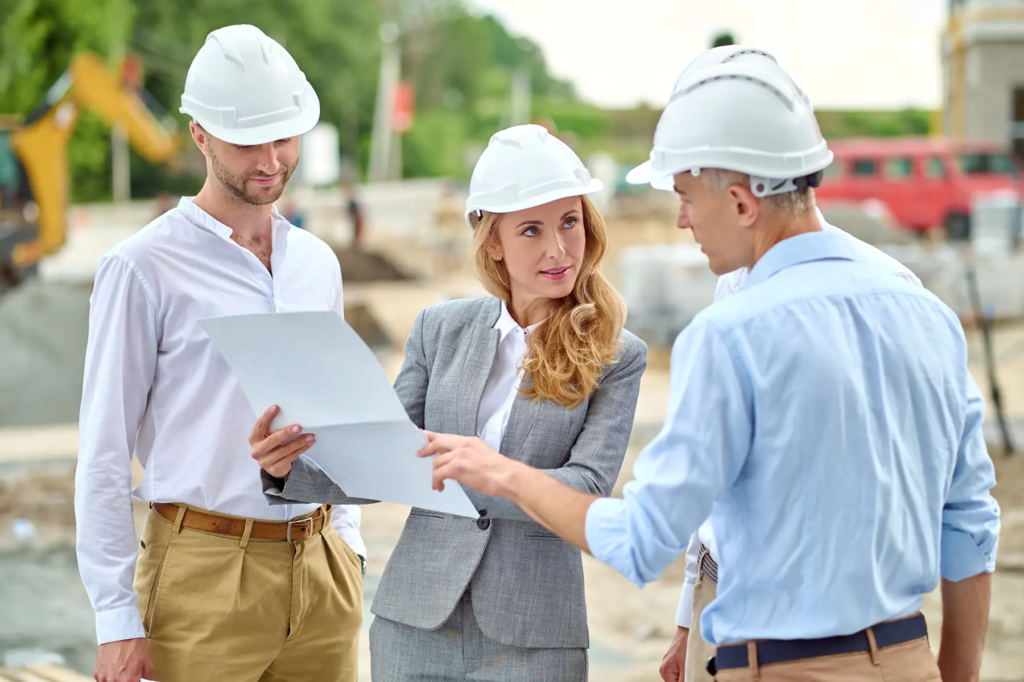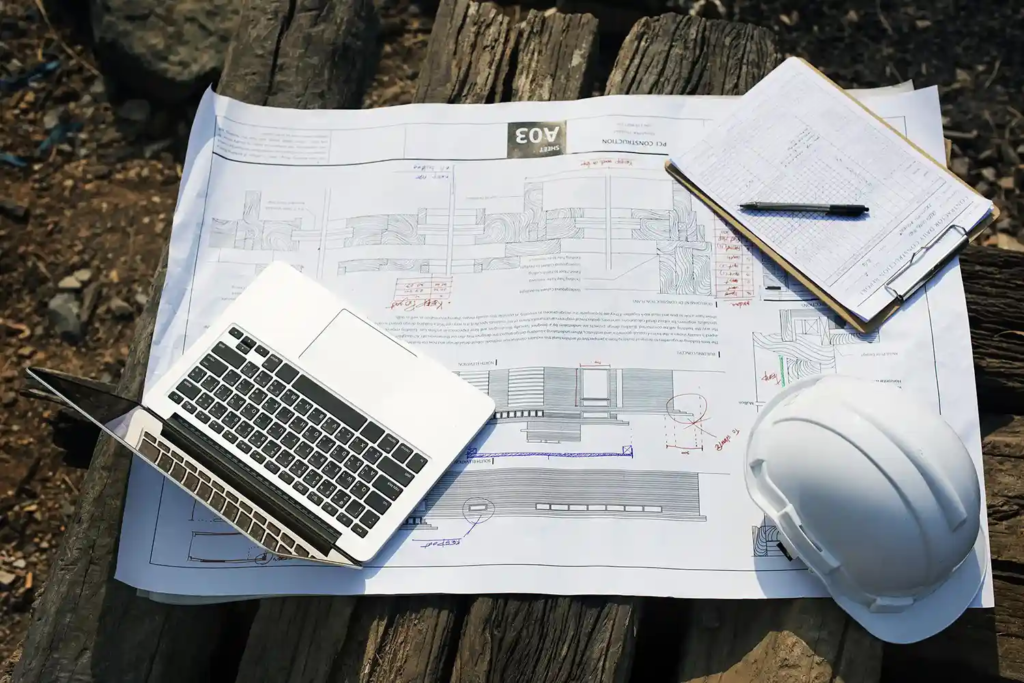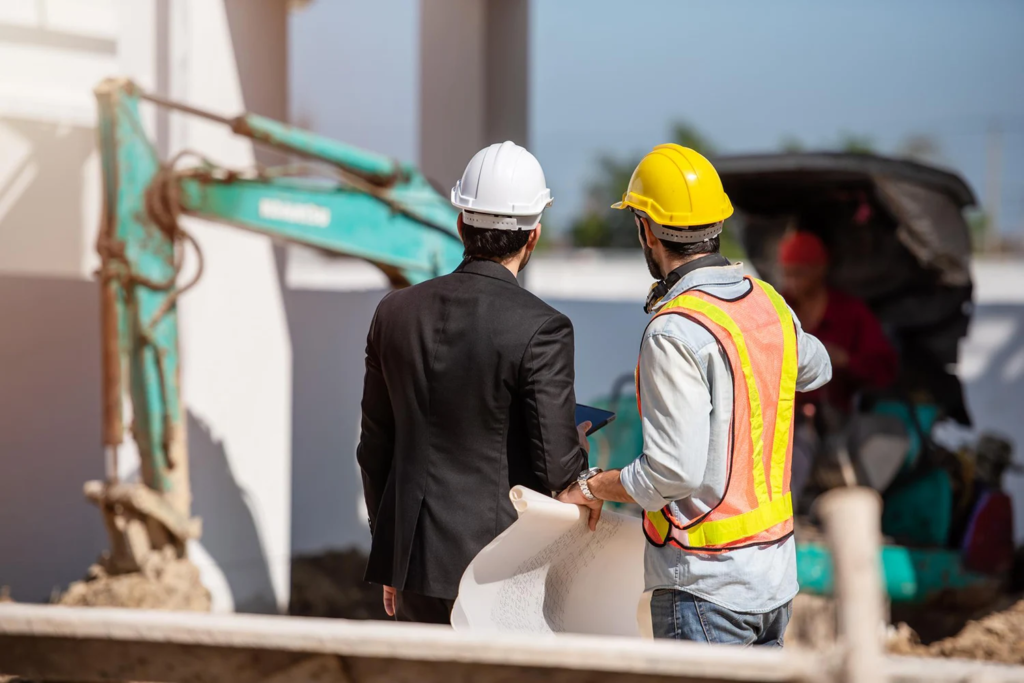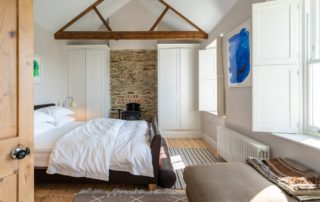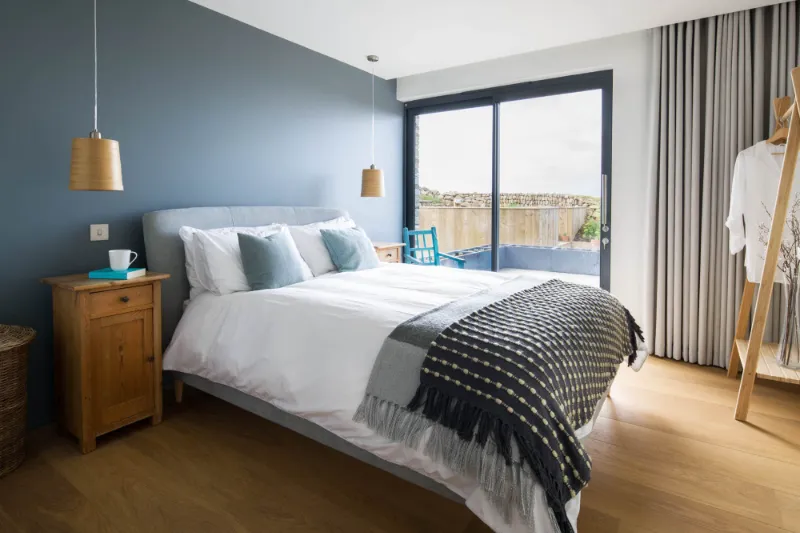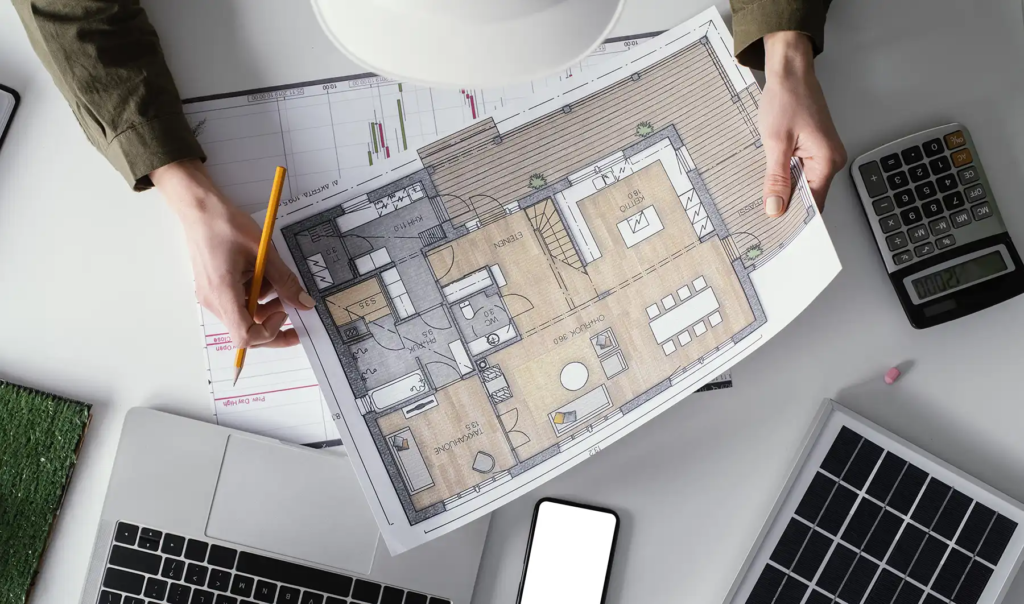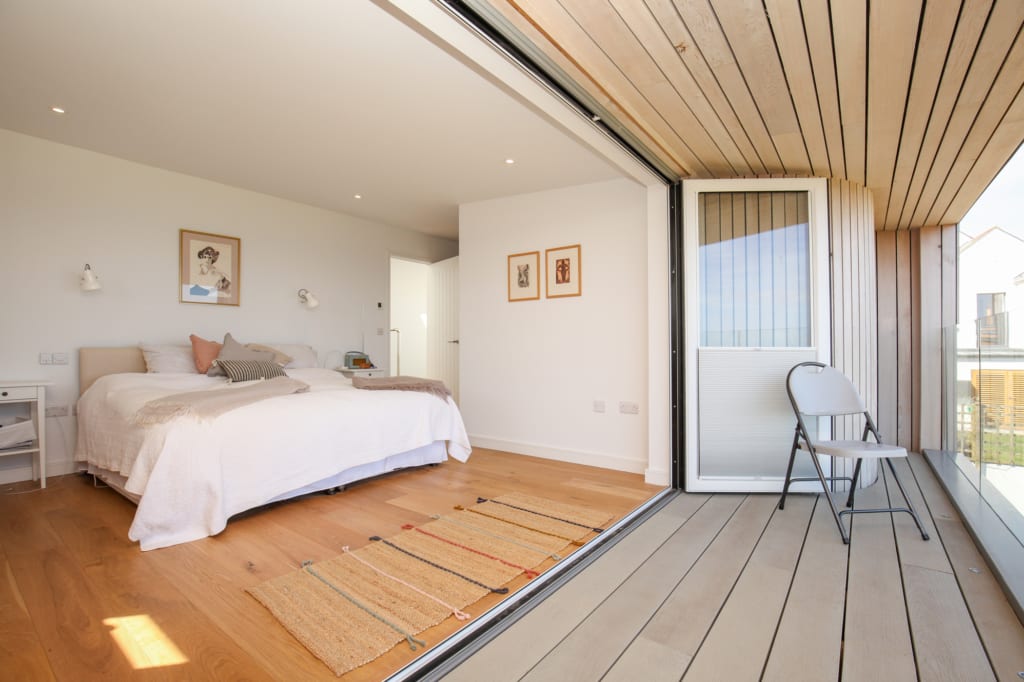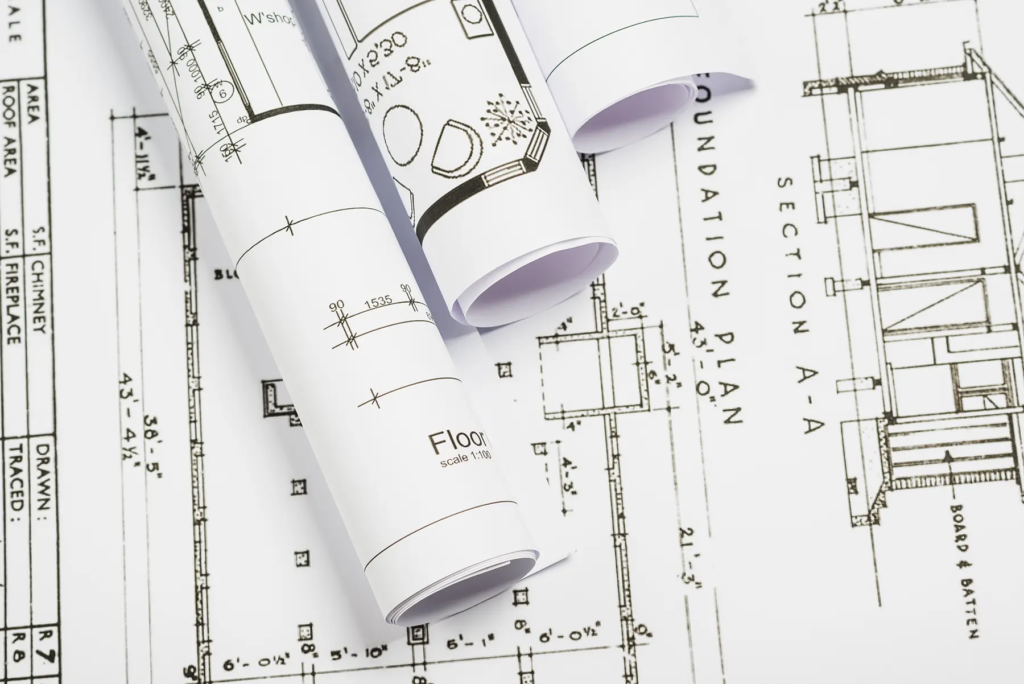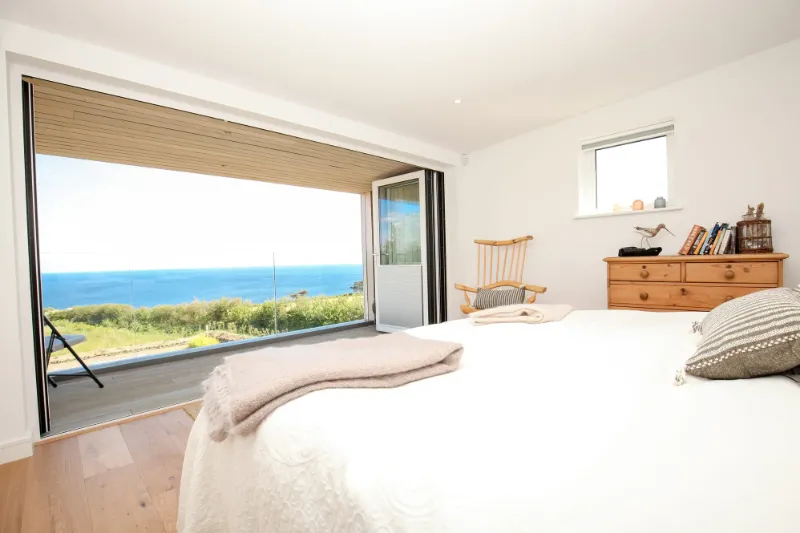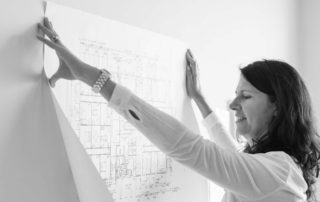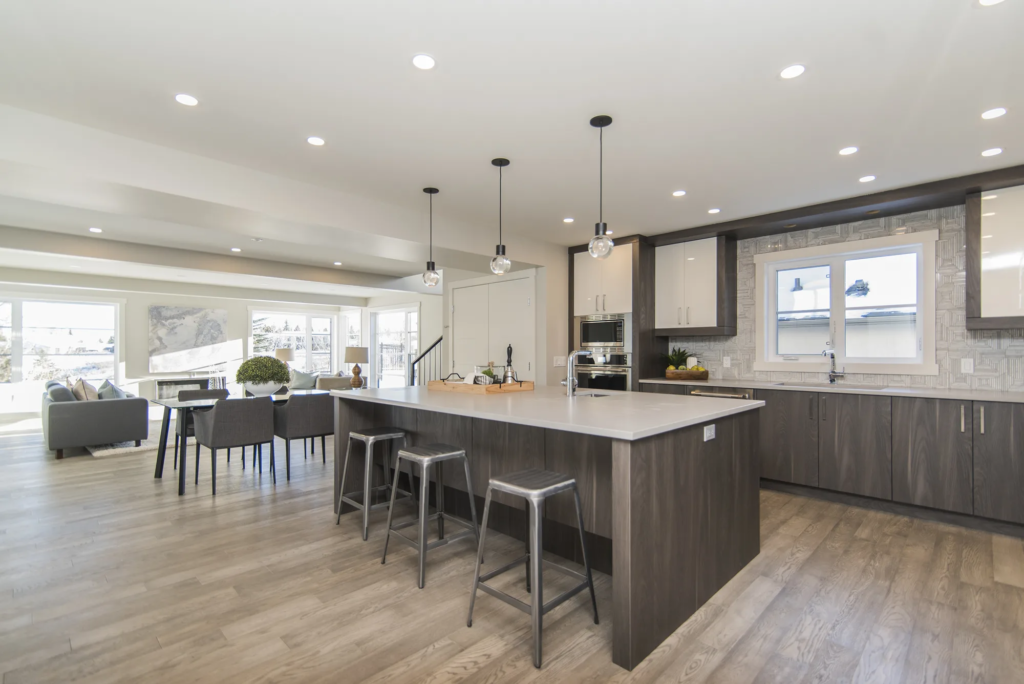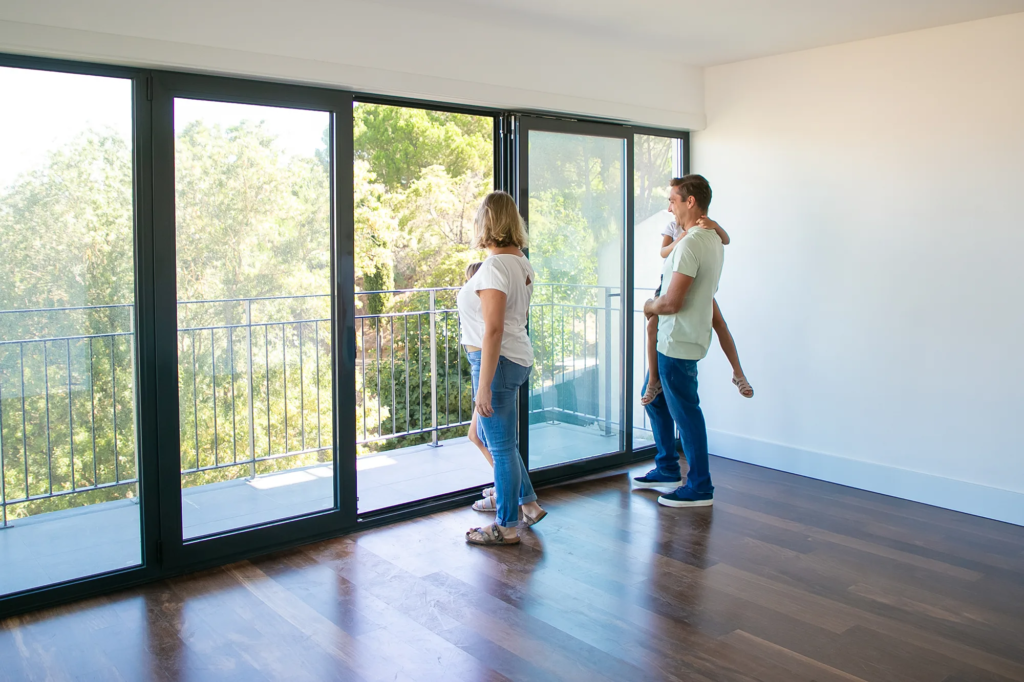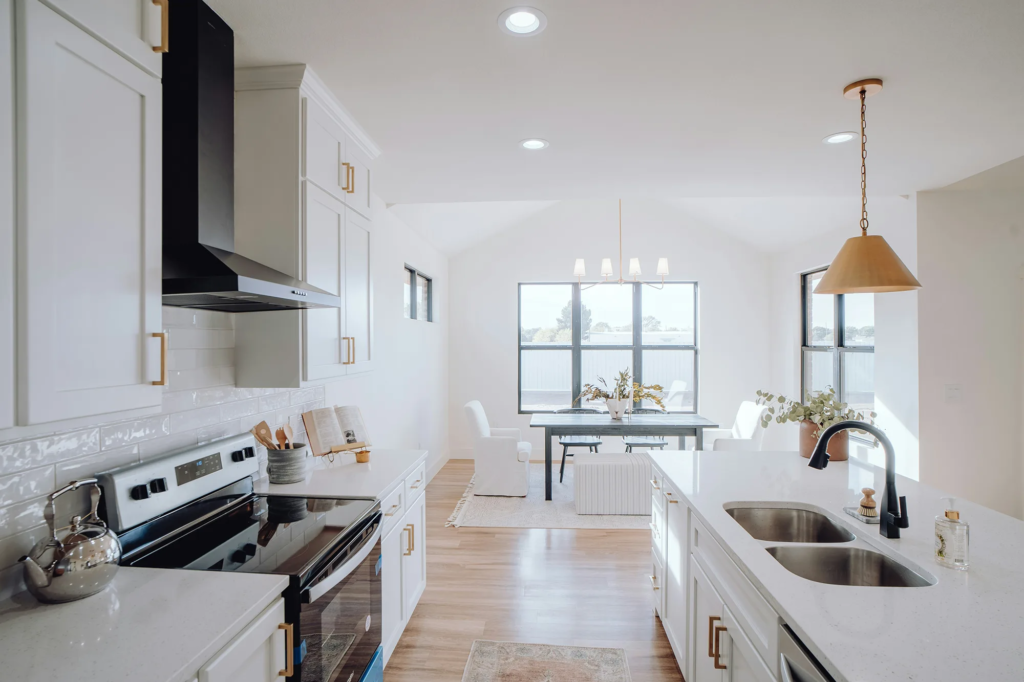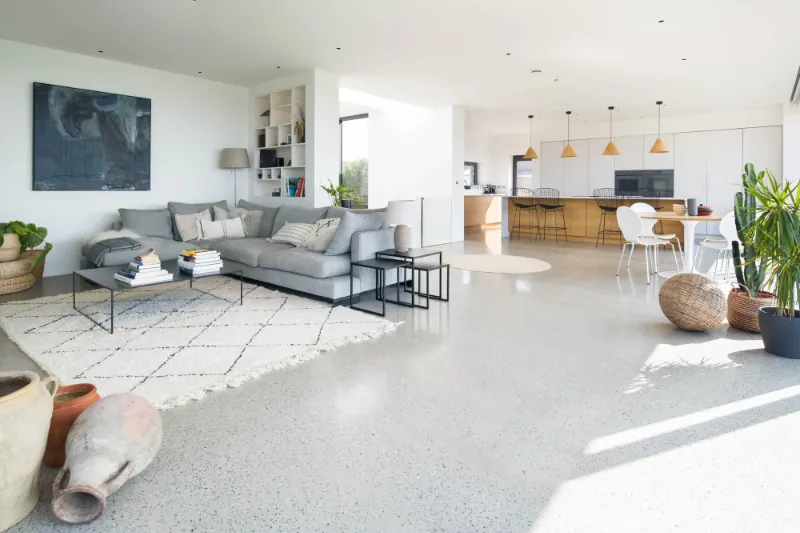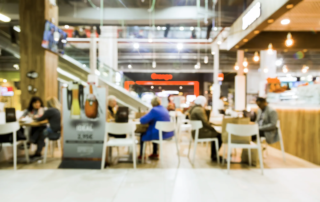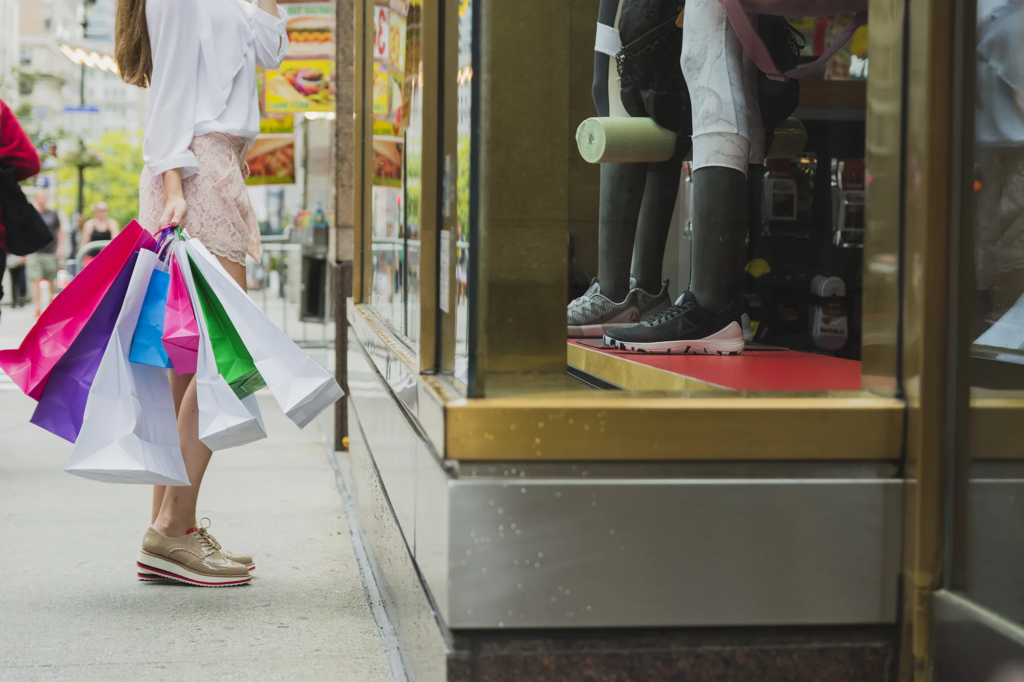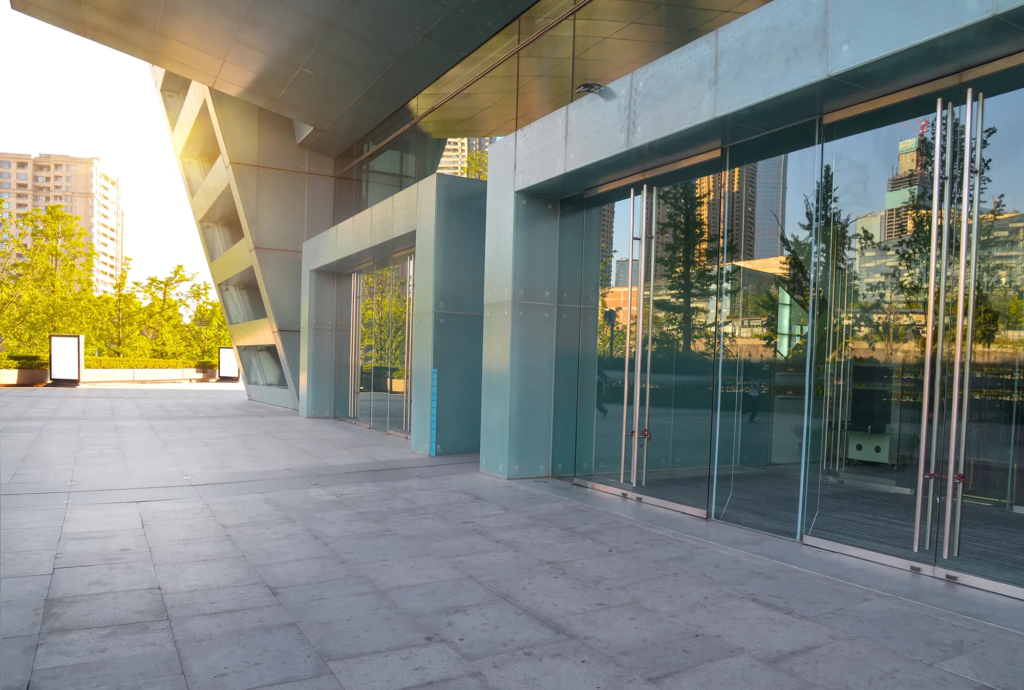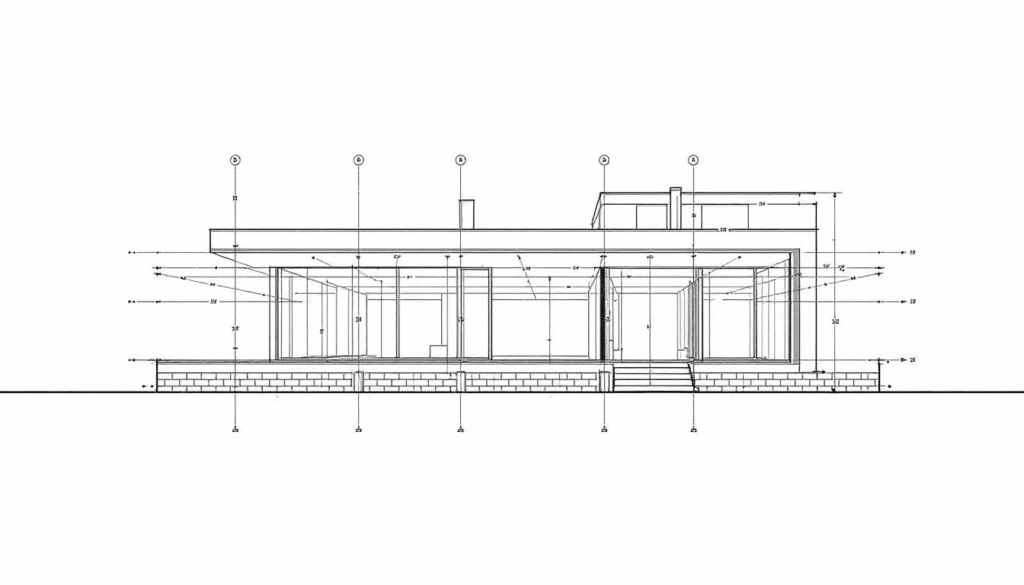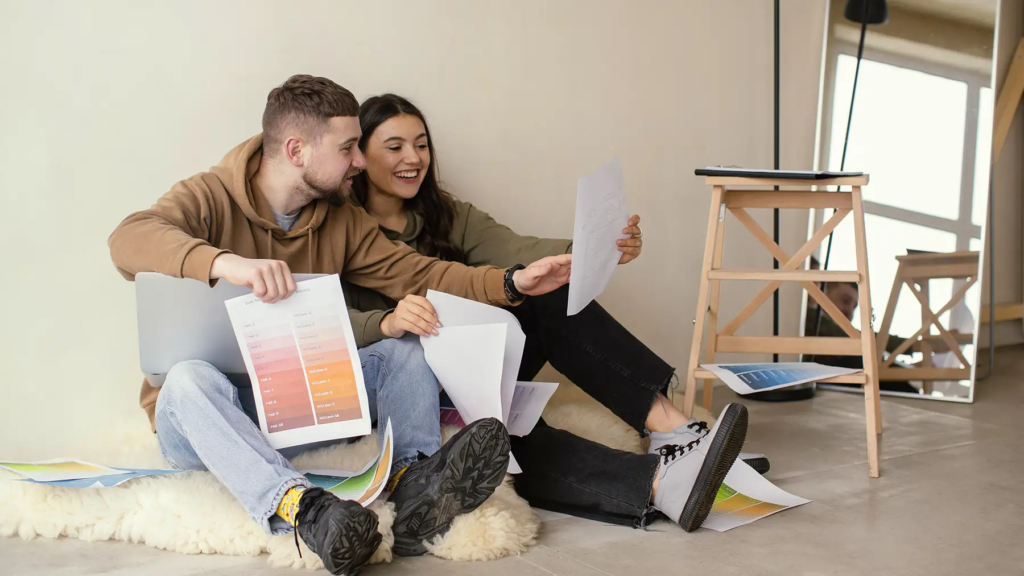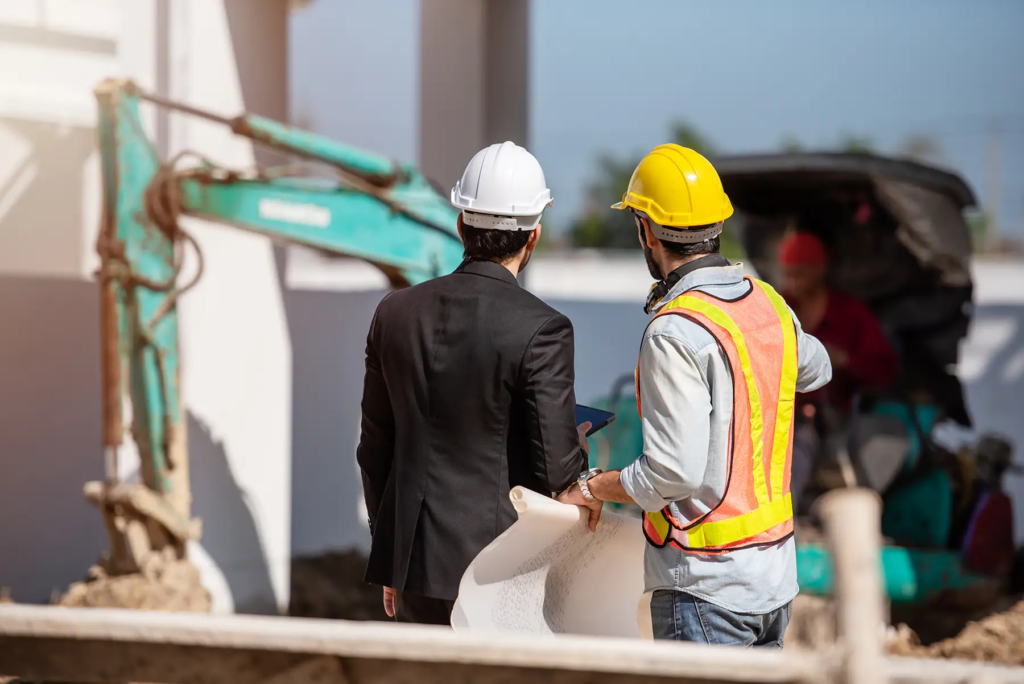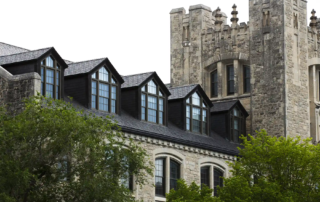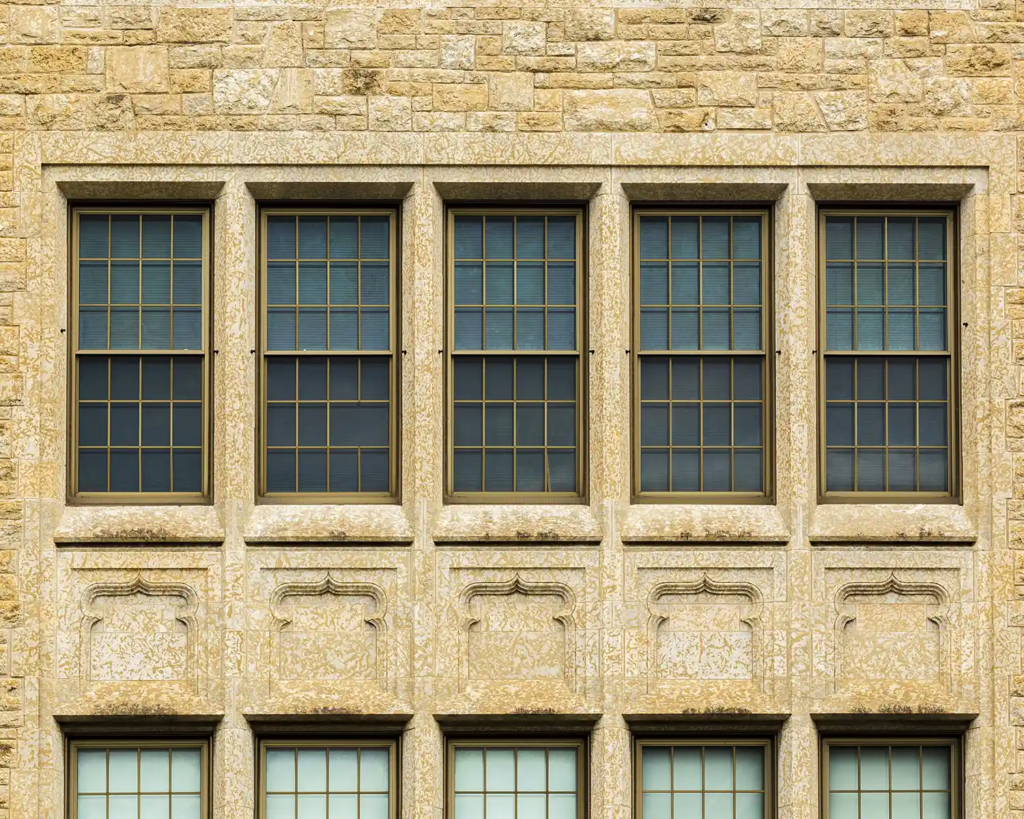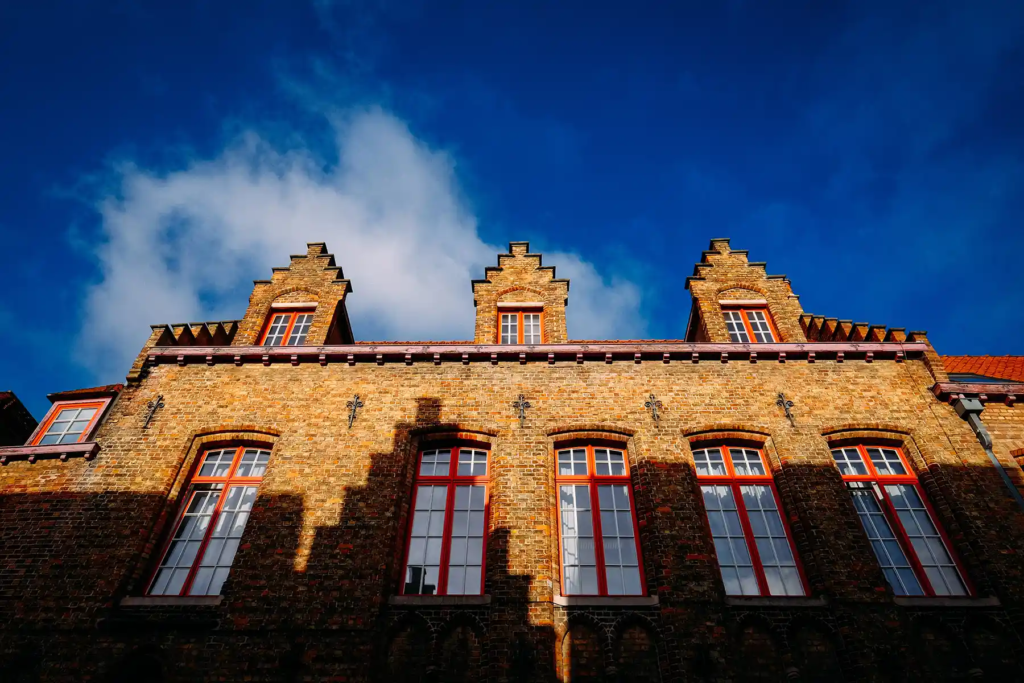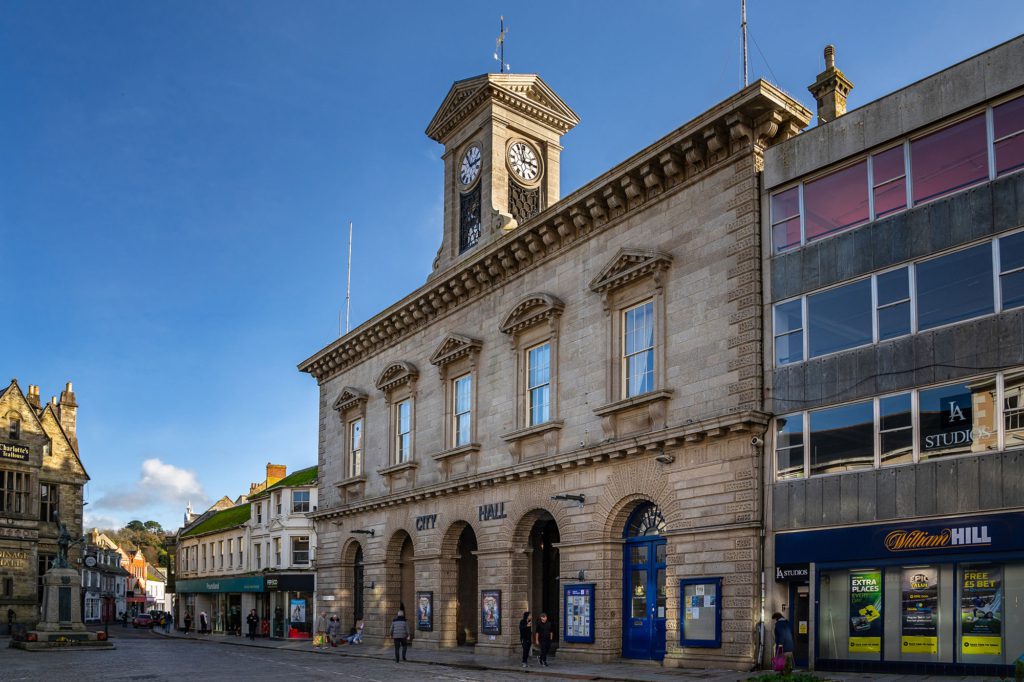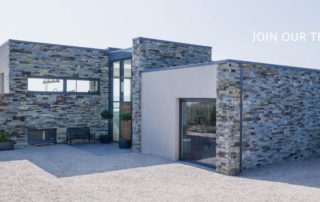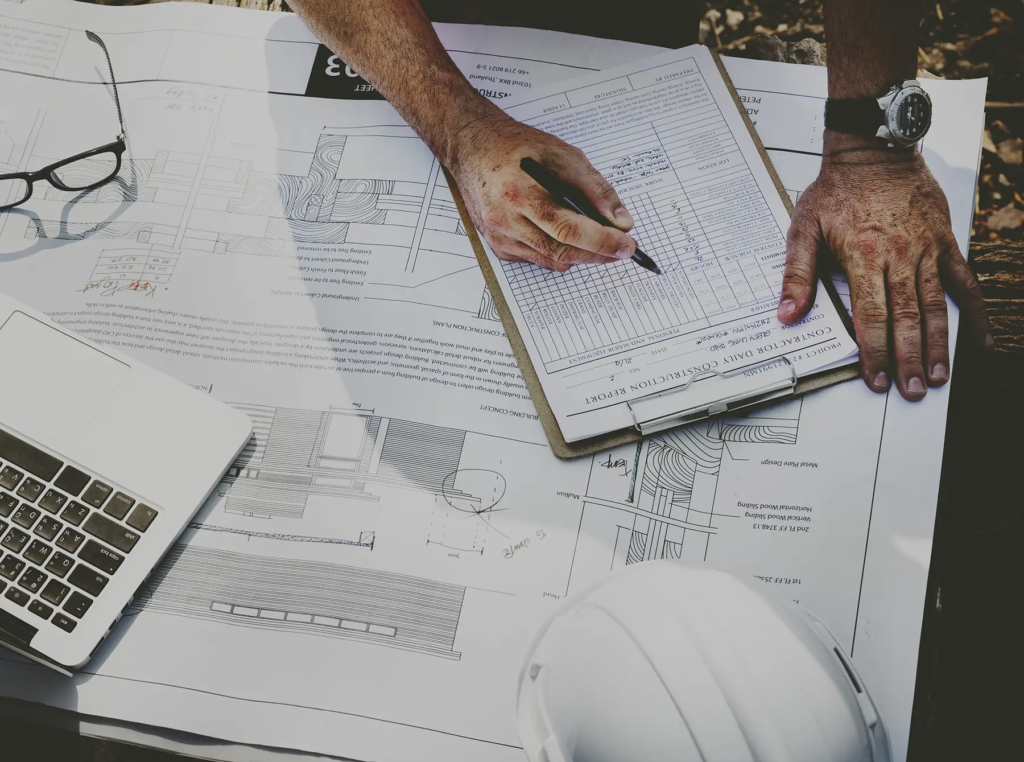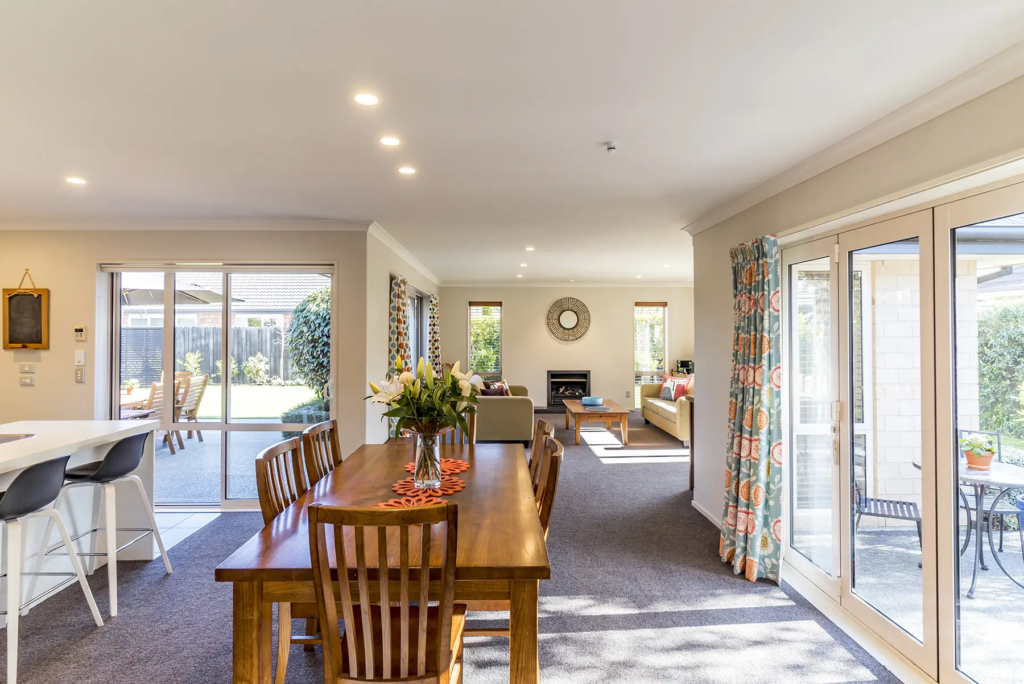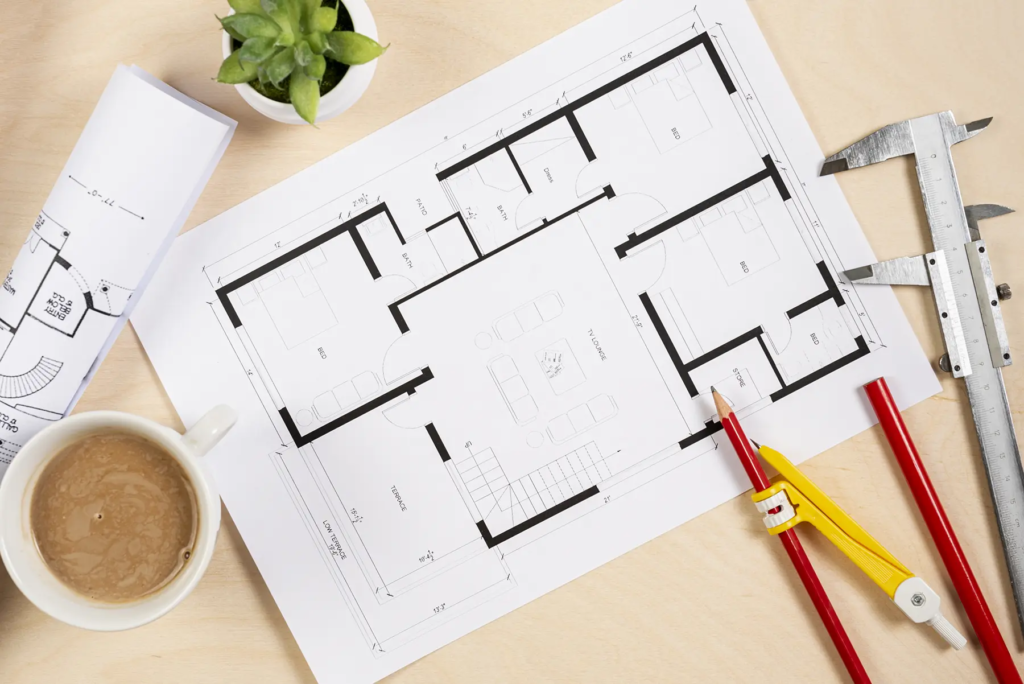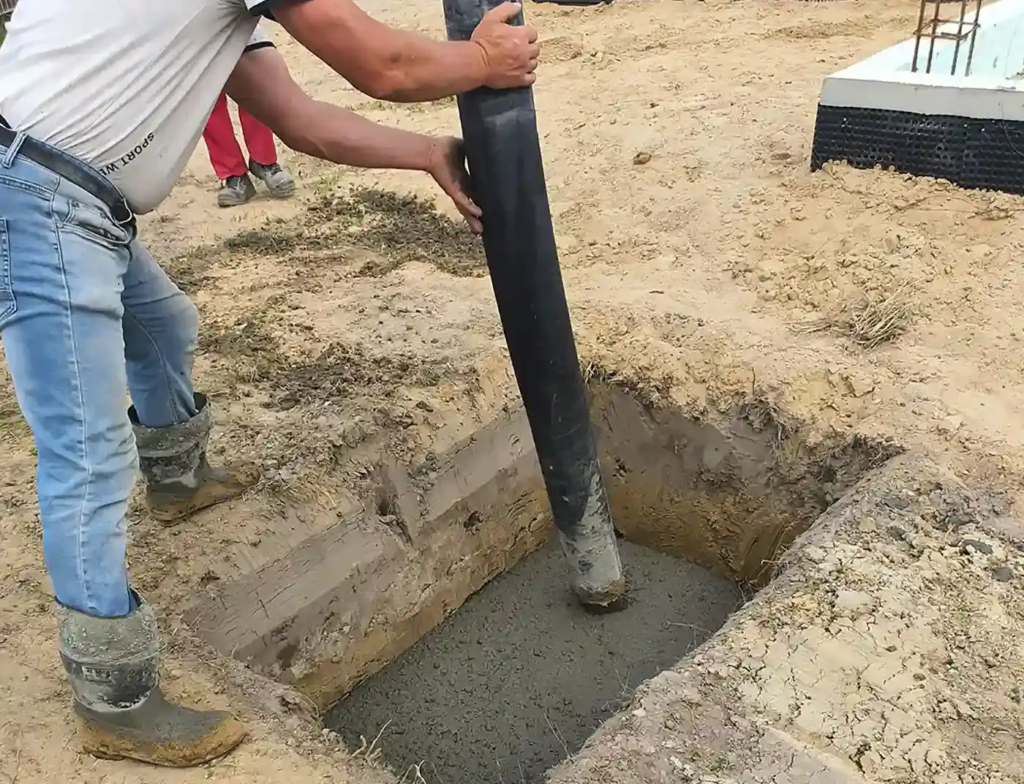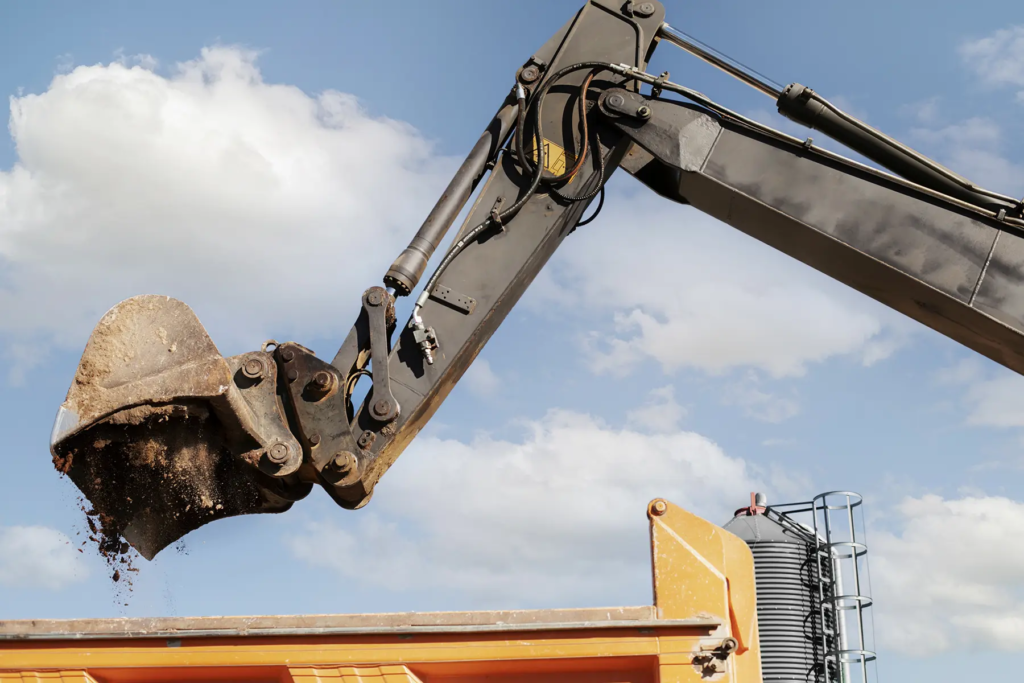How Close Can I Build to My Neighbour’s Boundary UK?
Understanding how close you can build to your neighbour’s boundary in the UK is an important part of planning any home extension or new structure. Building near the boundary line brings both design opportunities and legal responsibilities, particularly around party wall agreements, planning permission, and permitted development rights.
At Lilly Lewarne Architects, we regularly help homeowners across Cornwall and the South West navigate the complexities of boundary rules when designing rear extensions, side extensions, and new builds. Before any building work begins, it’s vital to confirm exactly where your property boundary lies, understand what permissions are required, and communicate with your neighbours to avoid disputes.
A key consideration when planning building work close to a neighbour’s boundary is the Party Wall Act 1996, which sets out the process for working on or near a shared wall or boundary wall. Serving a party wall notice and obtaining a party wall agreement helps protect both properties and ensures compliance with UK law. Let’s explore what you need to know before building next to a boundary wall.

Understanding Development Rights
In the UK, some building work can be carried out under permitted development rights, meaning you may not need full planning permission for smaller house extensions. However, these rights do come with strict limits on height, depth, and of course, how close you can build to your neighbour’s property or boundary line.
For example, a single storey rear extension that doesn’t exceed 3 metres (or 4metres for a detached house) may fall within permitted development, provided it doesn’t sit too close to the boundary or exceed the maximum height limits. Once an extension exceeds these parameters or affects a shared boundary, a formal application to the local planning authority is usually required.
If your proposed work involves touching or excavating near a shared wall, you’ll likely need to follow the Party Wall Act and serve a party wall notice to your adjoining neighbours. If your neighbour consents, you can proceed; if they object, you may need to appoint a party wall surveyor, or two surveyors if both sides require representation, to prepare a party wall award. This document outlines how the construction work will proceed safely without causing damage or disputes.
Extension Boundary Rules
Extension boundary rules will vary depending on the type of build and its proximity to the neighbour’s boundary.
- Rear extensions: Usually, you can extend up to 3m (semi-detached or terrace) or 4m (detached), subject to permitted development rights.
- Side extensions: These must not exceed half the width of the original house and must remain single storey to qualify for permitted development.
- More than one storey: Two-storey or larger extensions generally require planning permission, especially if they’re within 7m of the rear boundary.
If you’re unsure, your architect can help interpret the local planning authority guidance and determine whether your project qualifies under permitted developments or needs a full application.
When the boundary line is shared, building astride it (half on your land, half on your neighbour’s) isn’t allowed without written consent from the other owner. A party wall agreement is the best way to document that consent and ensure complete clarity for both sides before construction begins.

Building Work and Boundary Distance
A frequent question from clients is, “How close can I build to my neighbour’s boundary?” In many cases, there is no set legal distance, but your design must comply with planning rules and respect the Party Wall Act.
While some building work can be carried out directly up to the boundary, it’s often wise to leave a gap of around one metre for access, maintenance, drainage or emergency services. This also helps prevent disputes with neighbouring property owners, particularly where boundaries are unclear or fence lines differ from title plans.
If your design involves a new wall on or near the shared boundary, you’ll need to serve a party wall notice at least two months before the work starts. The notice should include details of the proposed works, the start date, and contact details for your appointed party wall surveyor.
Once the notice is served, your neighbour has 14 days to respond. If they refuse or don’t reply, a dispute is deemed to exist, and surveyors will be appointed to agree a party wall award that sets out the method, timing, and precautions for your project.
Neighbour Disputes and Refusals
Even with careful planning and consideration, boundary disputes can occur when homeowners aren’t honest with their plans. The best way to prevent this is through clear communication, professional advice, and proper documentation, prior to starting works.
If your neighbour refuses to sign the party wall agreement, each side can appoint their own party wall surveyor. These two surveyors will then jointly appoint a third surveyor if required, ensuring the party wall award is fair and legally binding.
Failure to follow the correct procedure can lead to legal costs, project delays, or even having to dismantle unapproved work. It is recommended to engage a party wall surveyor early to ensure compliance with the Party Wall Act and prevent building work from being halted later.
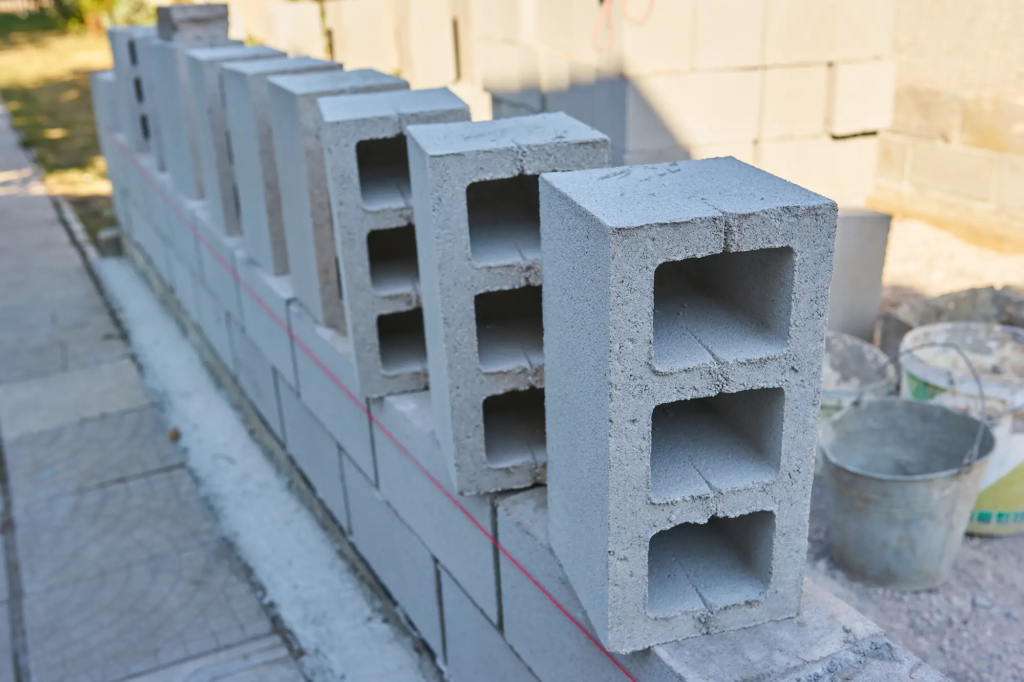
Conservation Area Considerations
If your property lies within a conservation area or other designated land, stricter rules apply. Permitted development rights are often limited or removed entirely, meaning most extensions or new walls will require planning permission.
A local planning authority may also restrict your use of materials, finishes, and height to preserve the area’s character. If you plan to build near a shared boundary in a conservation area, you’ll almost certainly need to serve a party wall notice and agree terms with adjoining owners.
A party wall surveyor familiar with conservation work can help ensure compliance and maintain good relations between neighbouring properties. They can also advise on fence positions, garden walls, or adjacent excavation if your foundations are within 3 metres of a neighbour’s land.
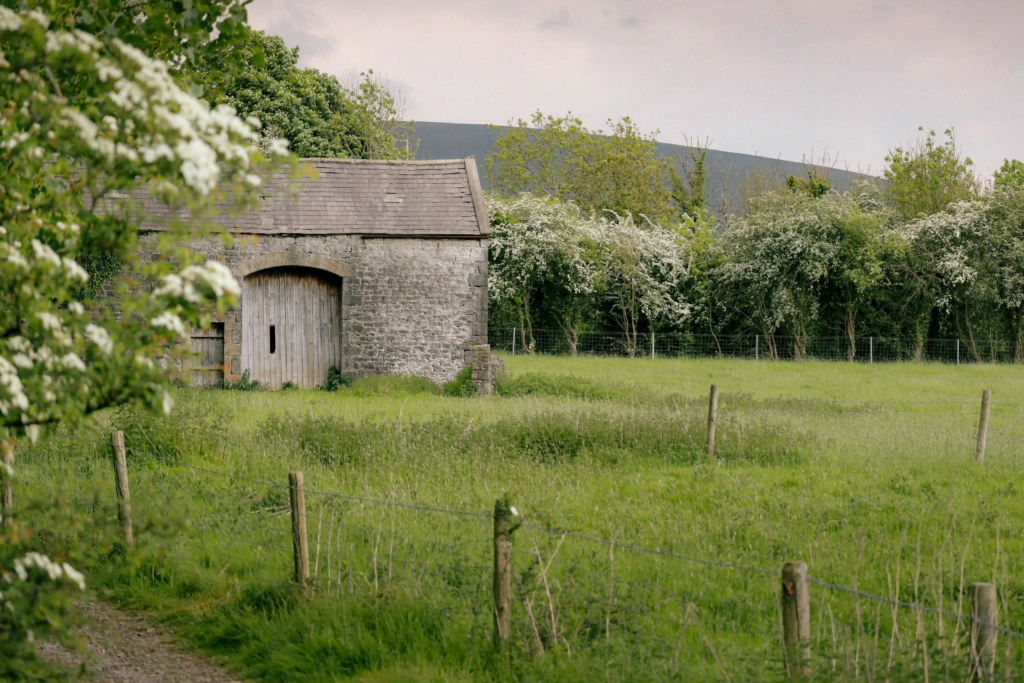
Additional Resources and Further Reading
Understanding your development rights, boundary lines, and planning requirements is key to a successful project.
Helpful resources include:
- The UK Government Planning Portal – for guidance on permitted development and planning permission
- The Party Wall Act 1996 – for official rules and templates for party wall notices
- Your local council’s planning department – (Cornwall council in our case) for advice on local planning authority procedures and conservation rules
If you’re planning an extension or new construction work near your neighbour’s boundary, our team at Lilly Lewarne Architects can assist with site analysis and boundary confirmation, preparing and submitting planning applications, liaising with party wall surveyors, and designing context-sensitive solutions tailored for Cornish homes and heritage buildings. Contact us to discuss you next project!

